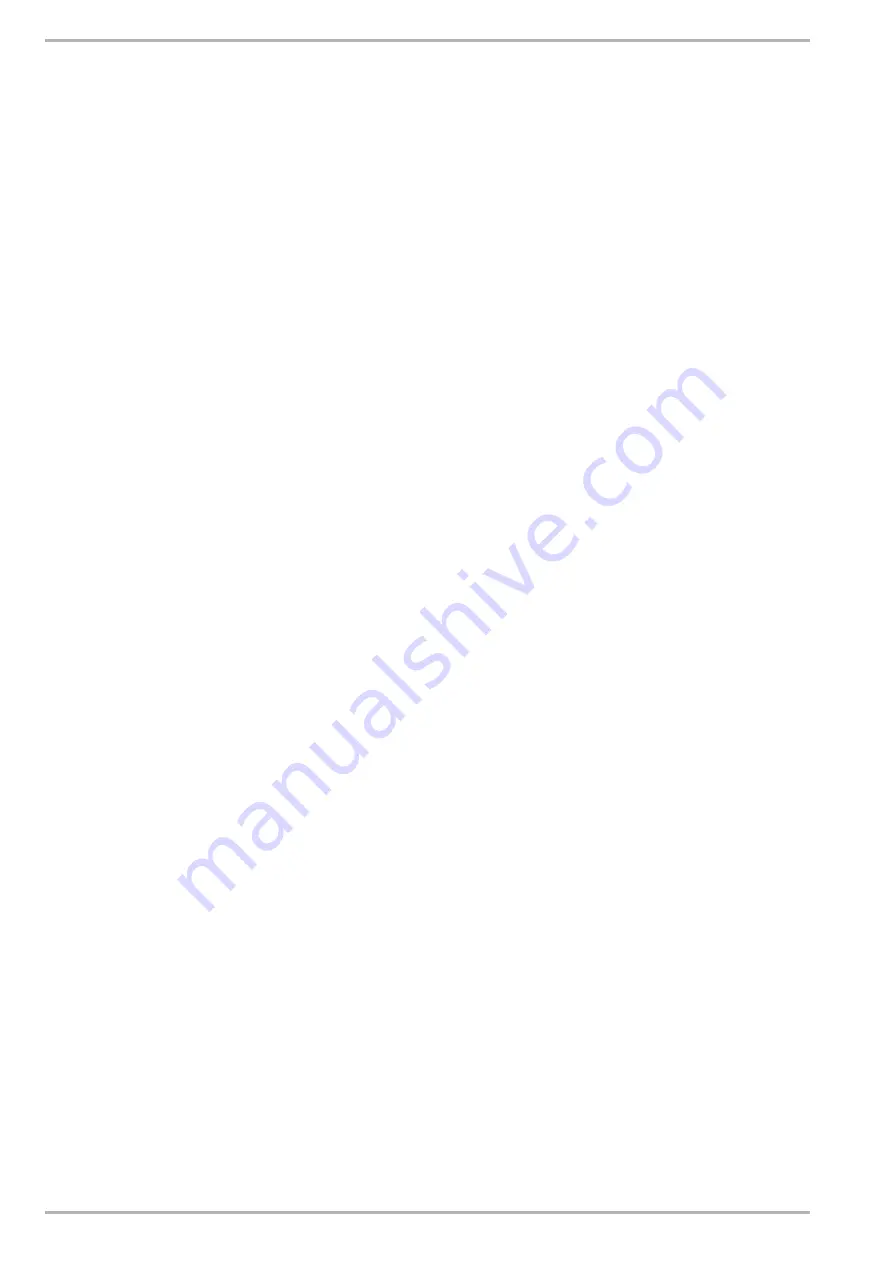
34 / 70
00U07352240-A_ EN
AHP60 14/18 kW -
Installation, Use and Maintenance
• Protecting the heat pumps against corrosion
Corrosion can affect the iron components used in heat pumps and heating systems,, directly related
to the presence of oxygen in the water heater's water. Dissolved oxygen that enters the unit when it
is being filled for the first time reacts with the equipment materials and quickly disappears. Without
refreshing the oxygen through significant contributions of water, the unit might not experience any
damage whatsoever. However, it is important to follow the sizing rules and installation guidelines
in order to prevent oxygen from continuously flowing into the heating water. From these rules, we
have:
-
Preferably an expansion vessel with a membrane rather than an open expansion vessel
that allows direct passage.-
-
Internal pressure with the unit of more than 1 bar cold.
-
Remove leaky (permeable) components that are letting out more gas than as if they were
sealed. If the guidelines above are followed, the unit's system water has the proper characteristics
to last a long time: 7.5 < pH < 9 with a dissolved oxygen concentration of < 0.1 ppm
If there is a chance that oxygen could enter the unit, you must take additional precautions. Adding
an oxygen scavenger (ex. sodium sulphite) is highly recommended. We recommend directing any
water treatment questions to specialists, which can provide the appropriate treatment based on the
characteristics of the installation, and a monitoring agreement with a guarantee as to the results.
In the case of a unit where the water is in contact with heterogeneous materials, for example, if there
is any copper or aluminium, appropriate treatment is recommended to guarantee a long lifetime for
the unit. In most cases, this treatment involves adding chemical solution corrosion inhibitors to the
installation. We recommend contacting water treatment specialists.
• Unit monitoring
If the recommendations listed above (new installation or renovation) have been followed, the unit
monitoring is limited to:
-
Checking the amount of make-up water (fill water make-up water volume < 3
times the unit volume).
-
Checking the pH level (stable or slightly increasing)
-
Checking the water hardness (TH stable or slightly decreasing)
We recommend monitoring these parameters two to three times a year. It should be noted that the
"make up water quantity" parameter is vital for a long lifetime for the unit.
If any of these three above parameters deviates from the above recommendations, refer to a water
treatment specialist to correct the problem.
•
Setting up a plate exchanger
If the recommendations listed above cannot be met, you can set up a plate exchanger to separate
the primary system from the secondary system, which protects the heat pump from undesirable
effects.
•
Setting up a filtration system
A filtration system on the back of the heat pump is obligatory in order to remove suspended particles
from the unit.
















































